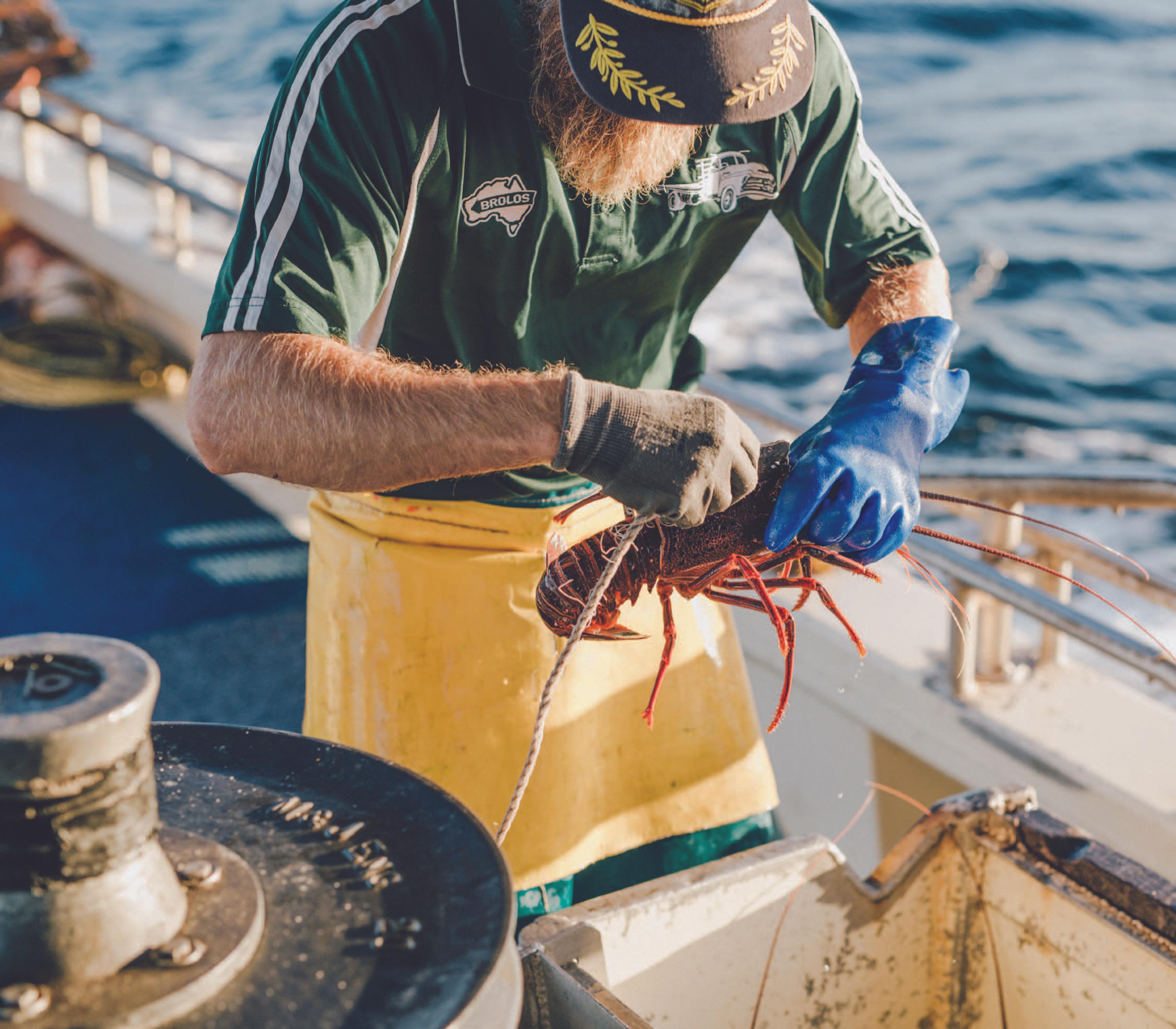Abstract
Western Australia (WA) is a ‘State of abundance’, that boasts of the longest coastline in Australia (over 12,500 kilometres), accounts for one-third of the Australian continent, is roughly the size of Western Europe with a population of 2.7 million people, has an aboriginal history that dates back more than 50,000 years – making it one of the world’s oldest living culture, has the world’s oldest minerals and is a host of natural wonders.
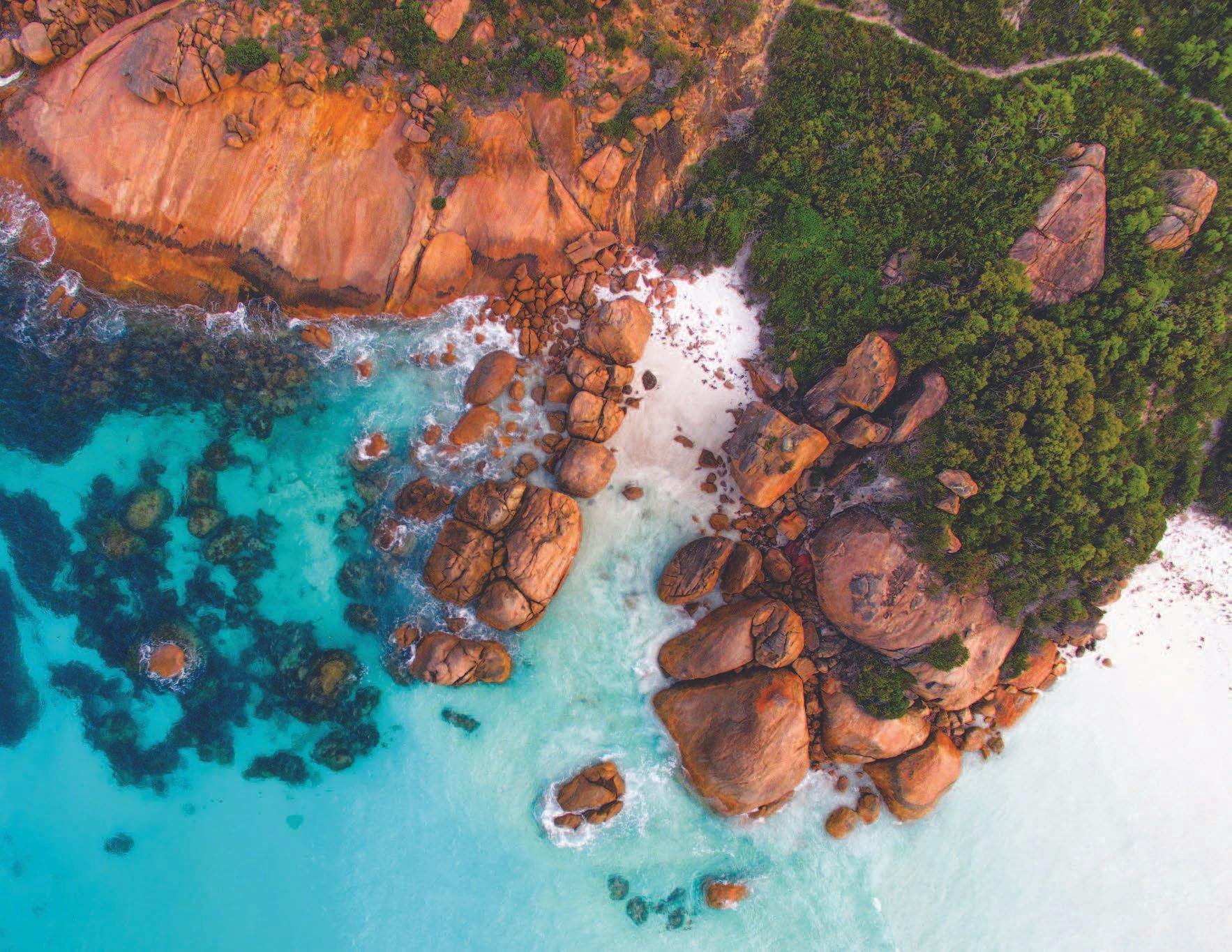
WA’s sun, sea and sand, the vast coastline is all innately linked to its core identity as well as to the identity of its people. WA’s resource of the world famous crustacean, the western rock lobster has bonded generations, interwoven family stories and forged exceptionality.
Western rock lobster fishing is an industry blended to WA’s cultural identity, particularly for migrant communities who found in it an economic opportunity and a way of living.
In early 1900, a small group of factories controlled the Western Rock Lobster industry. They purchased the fishermen’s lobsters at the lowest possible price, processed it and then sold to various markets. In 1949, the industry was controlled by factory owners but fishers wished to increase returns on their catch, and develop greater marketing efficiencies, so a small group of fishermen located in Geraldton, Western Australia, floated the idea of a Co-Operative. Hence, in 1950 began the journey of innovation, and new export markets with the establishment of the Geraldton Fishermen’s Co-Operative (GFC), by the fishermen who sought to take control of their own future. The timing of the Co-op and the over-riding strategic intentions to effectively service fisherman and provide innovative/efficient marketing strategies were intrinsic in development the Western Rock lobster as a brand on the global stage. Over the past 70 years, GFC has grown to become the largest rock lobster exporter in the world and one of Australia’s largest and most successful Co Operatives. This case study shares GFC’s India strategy, and how the pandemic crisis led them to diversify and prove their potential in new markets.
Introduction
In late 2020, the $700 million rock lobster trade between Australia and China came to a sudden halt. Australian exporters were hit hard with the pandemic and trade disputes between Australia and China. GFC had exported 97 percent of its rock lobsters to China in 2019.
The pandemic crisis exposed the Australian seafood industry to concentration risk, and the need for designing an export strategy that essentially moves away from ‘a single market focus’ and brings new international customers to the table. The industry-first plan aims to grow the export market, encourage further research into developing markets and looks at expanding relationships with countries across multiple seafood markets. The plan found that by 2030 world seafood production and consumption are expected to increase by 20 percent. It said Asia will continue to dominate, importing 37 percent of seafood for human consumption.
GFC that suffered a 50 percent drop in revenue in recent years since the pandemic crisis has been ahead of the curve in strategising and executing its strategy, to safeguard the interests of its members and capitalising on the opportunities that the interim trade deal between Australia and India offers.
The Australia-India Economic Cooperation and Trade Agreement (AI-ECTA) is India’s first trade deal with a developed economy in a decade, and its second trade deal in a span of eleven years, that promises to push bilateral trade of goods and services from the current $27.5 billion to $45 billion by 2030. AI-ECTA has eliminated tariffs on more than 85 percent of Australian goods exports to India, and 96 percent of Indian goods exports entering Australia. Australia’s goal is to lift India into its top three export markets by 2035 and make India the third-largest destination in Asia for outward Australian investment.
AI-ECTA secured elimination of India’s 30 percent tariff on fresh rock lobster from day one and phased elimination of the 30 percent tariff on frozen rock lobster by 1 January 2028.
In July 2022, GFC had the opportunity to participate in the 110-member ‘Invest and Trade’ business delegation to India, that visited 4 cities (Delhi, Mumbai, Visakhapatnam, and Chennai) with over 80 planned events with over 75 visiting businesses, organised by the Department of Jobs, Tourism, Science and Innovation of the Western Australia (WA) Government. This was the first delegation to India by any Australian State after the signing of the historic AI-ECTA.
The size of the business delegation reflected India’s importance as an investment and trade market for WA, the desire to engage with this aspirational market proactively and to further deepen WA-India relations.
The visit with the WA delegation, was the first point of exposure to India for GFC. While the internal stakeholders had doubts about the viability of the Indian market, with concerns emanating from India’s own established seafood market, and it being a net lobster exporter in the past. GFC’s participation in the Trade Mission, lowered their internal concerns. With the Indian population at about 1.6 billion, the proportion of individuals who were classed as high net worth was about 30 million, higher than Australia’s total population. That makes India a huge market for premium food.
The business meetings organised by Newland Global Group (NGG), WA Government’s external consultants for the delegation visit, showcased a wide range of available opportunities with companies in the primary industries segments, including India’s largest seafood importers who articulated their requirements and scenario of Indian market, import prices offered, and current duties. In fact, 200 kilograms of western rock lobster travelled to India with the delegation to showcase at the large dinner events hosted by the WA government, which marked the first rock lobster to be imported from Australia into India.
“According to IMF projections, India has overtaken the U.K. to become the world's fifth-largest economy. India is also the second most populated country in the world, with a population of 1.34 billion. Weighing these factors and the signing of AI- ECTA, Geraldton Fishermen's Co-Operative sees great potential in India's rising market.” – Daniel Chien, Business Development Manager, Geraldton Fishermen's CoOperative
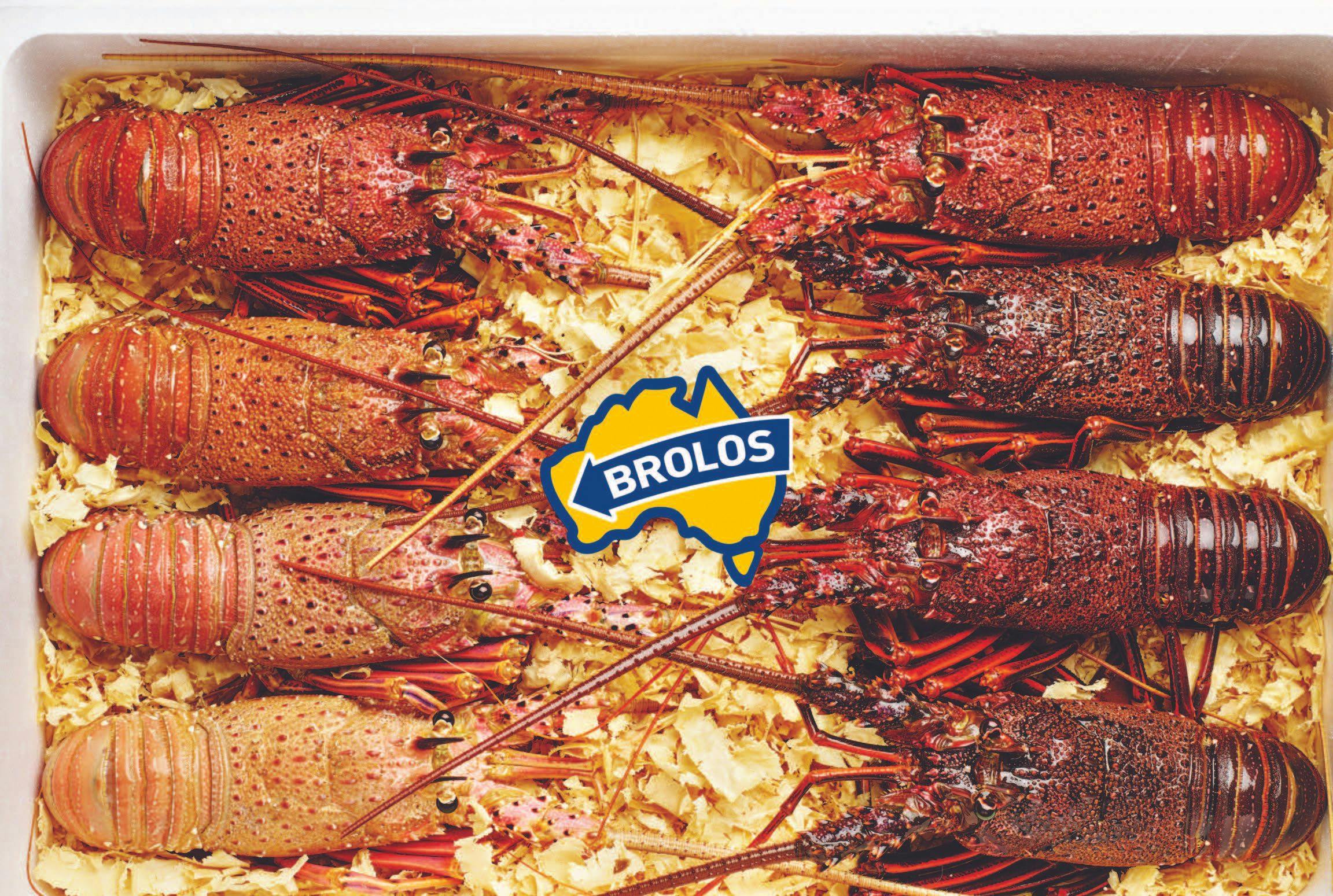
India Strategy
In 2021, India was WA’s seventh largest trading partner with total trade valued at $4.6 billion, a message reiterated for delegates was ‘Know your India, immerse in knowing the diverse 28 states of India that offer 28 different gateways.’ Witnessing the country's plethora of opportunities in person, the executive team of GFC affirmed their strategic vision for India. As part of their market access strategy, GFC chose New Delhi, Mumbai, and the surrounding states as the point of entry into India, the rising market.
“New Delhi is India's national capital, and Mumbai is its financial capital. Both cities combined have the most affluent population in India, whose demand for premium seafood is rapidly growing. The solid underlying need is the main reason to Geraldton Fishermen's Co-Operative's decision.”

Seafood is highly perishable in nature. Handling and storage are central to the success of seafood exports. Being conscious of these realities, GFC chose a distribution-partner business model as its primary Indian market entry strategy. Lobster is a premium seafood that is highly perishable, how lobsters are handled and stored at the destination was crucial for GFC’s India success. With no established infrastructure set up in India, GFC decided to partner with an established distributor equipped with well established, well managed cold chain distribution across the country.
GFC chose Empire Foods as its distribution partner in India. The decision was taken after a rigorous set of interviews with prospective candidates. The evaluation was based on analysing the strength of each company in cold chain logistics coverage, distribution network, seafood importing experience and financial soundness. GFC filtered out its options by exploring with each candidate the best India market entry strategy. For them, Empire Foods stood out, and was chosen by GFC as its strategic partner for India. GFC invited Empire Foods to visit its factory in WA to solidify the mutual relationship, and to boost Empire Foods' confidence in the joint strategic partnership.
Empire Foods is India’s leading importers of various kinds of chilled and frozen seafood, meat, and other frozen food products. They source their products from all over the globe and market it throughout India. Their customers are leading five star hotel chains, high-end restaurants, airplane caterers, ship chandeliers, leading banquet halls, top retail chains and many others in food industry throughout the country.
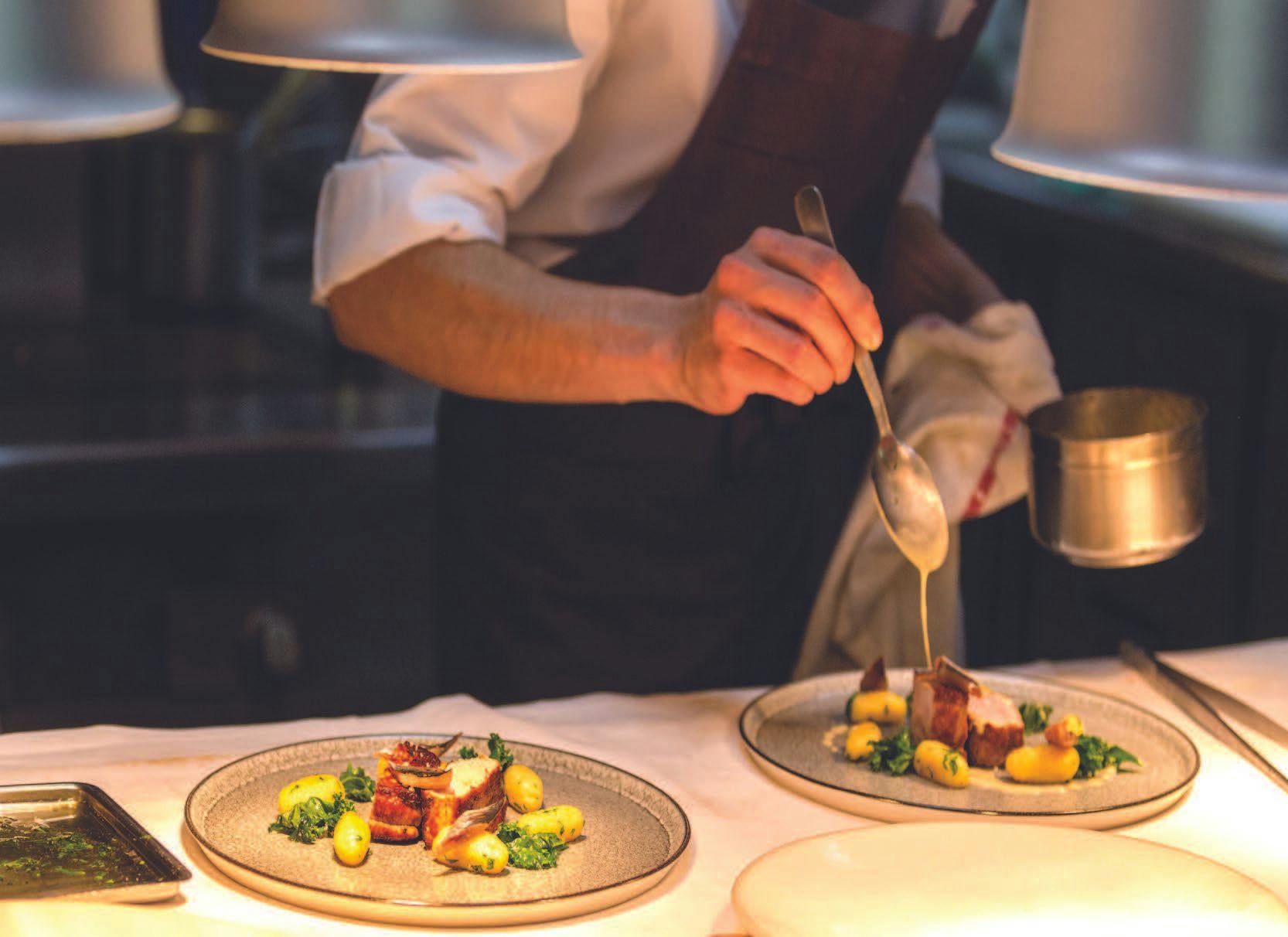
Empire Foods is well known for bringing “First Time in India” variety of seafood from different parts of world. They introduced Basa Fish from Southeast Asia and many other products, which were never available in Indian market before. Their products are sold throughout the length and breadth of India. Their distributors’ network is spread from Jammu & Kashmir in the North to Kerala in the South and from Assam and Kolkata in the East to Mumbai in the West.
Seeing The Future
Australia has a well-earned reputation for producing the best lobsters in the world, which meets the strictest standards for safety, sustainability, and quality. The fisheries are underpinned by stringent catch and handling regulations to ensure it arrives at its destination in peak condition.
The Western Rock Lobster fishery was the first fishery in the world to achieve Marine Stewardship Council Certification, they have kept that certification continuously since it was first awarded in 2004.
The industry added more than half a billion dollars to the State economy prior to the pandemic crisis and generated more than 2500 full-time jobs, both directly and indirectly, in four key sectors - the managed fishery, processed seafood manufacturing, boat building, and tourism, and is one of the largest and most valuable single-species seafood industries in the world.
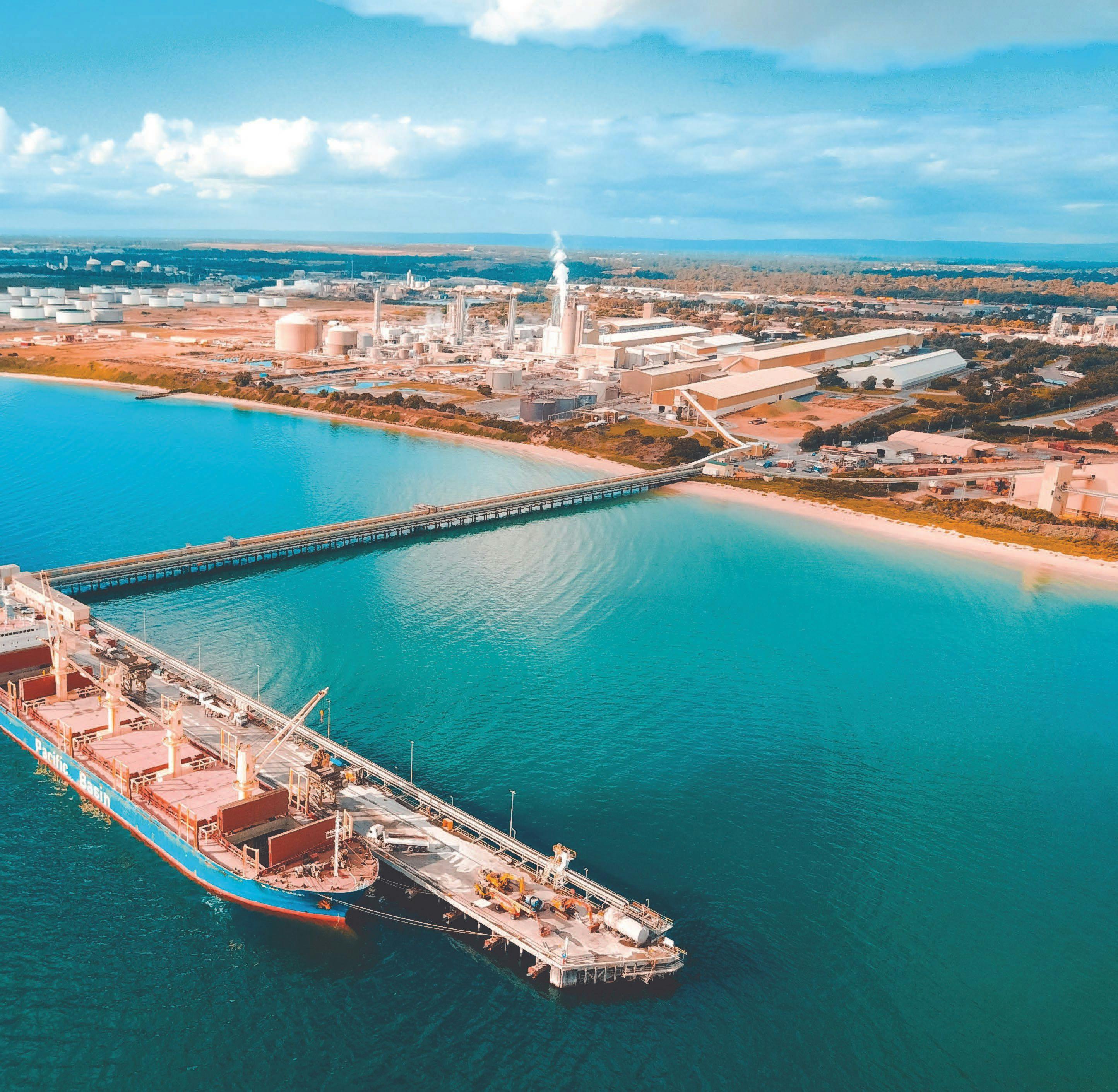
GFC is a major exporter for the WA economy supporting more than 200 fishermen and their employees. The Co-op’s core purpose is to create maximum value to their fishermen. A $1.9 million grant was awarded to GFC to grow overseas exports and is expected to increase its customer base by 20 percent.
In 2021, GFC generated total revenue of $438 million, providing products to domestic and international markets under the 'Brolos' brand: including Brolos live lobsters, Brolos frozen lobsters, Brolos fresh cooked & chilled, Brolos tails, Brolos heads and custom products. The Co-Operative moves about 60 percent of the lobster caught in WA, and more than 90 percent is sent overseas.
Planning Ahead
Australia exports about half of its annual fisheries and aquaculture production by value. Our key takeaways for Australian seafood companies showcasing Australian premium brand for the Indian market from this case study are —
- Actively participate in delegations and trade shows to develop a good understanding of the market and import approval requirements
- Be competitive and form good working relationships with Indian partners
- Create a comprehensive export-marketing plan that capture target niche segments, analyse strengths and weaknesses, threats and opportunities
- Find the right partner (importer or distributor
- Establish the foundations for a long-term relationship
- Ensure supply within agreed timeframes, with stringent quality control on product safety
- Engage in promotion and marketing activities
- Be thorough and well researched on potential buyers of seafood products including importers, distributors, food service industry
- Boost consumer knowledge of Australian seafood and be aware of the new health-conscious consumer segment.
Australian seafood is one of the best managed, healthiest, and most sustainable protein sources in the world. GFC is acutely aware that a key priority for the Australian rock lobster sector is market diversification integral to driving future exports, and de-risking against any future market and political upsets.
